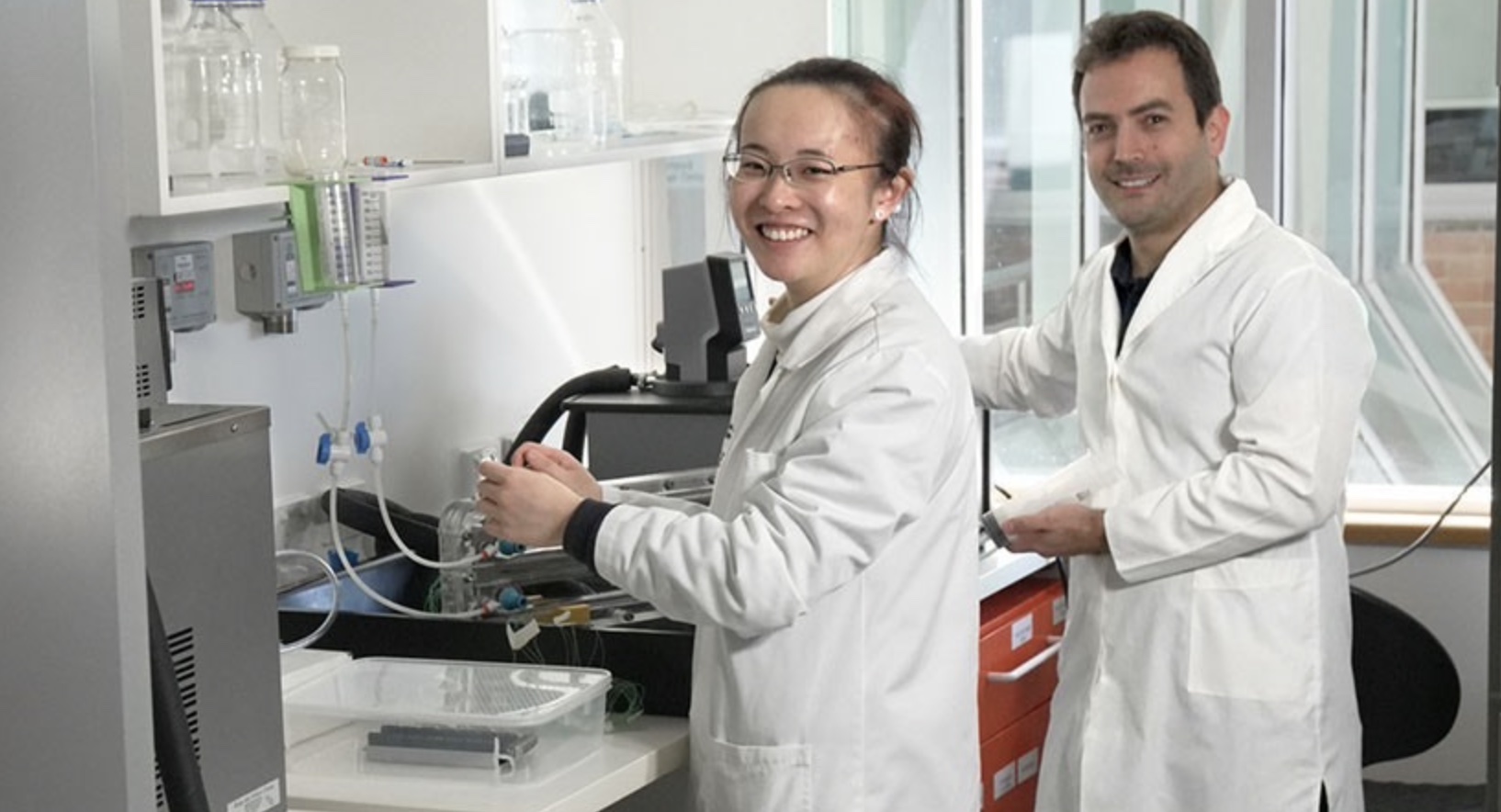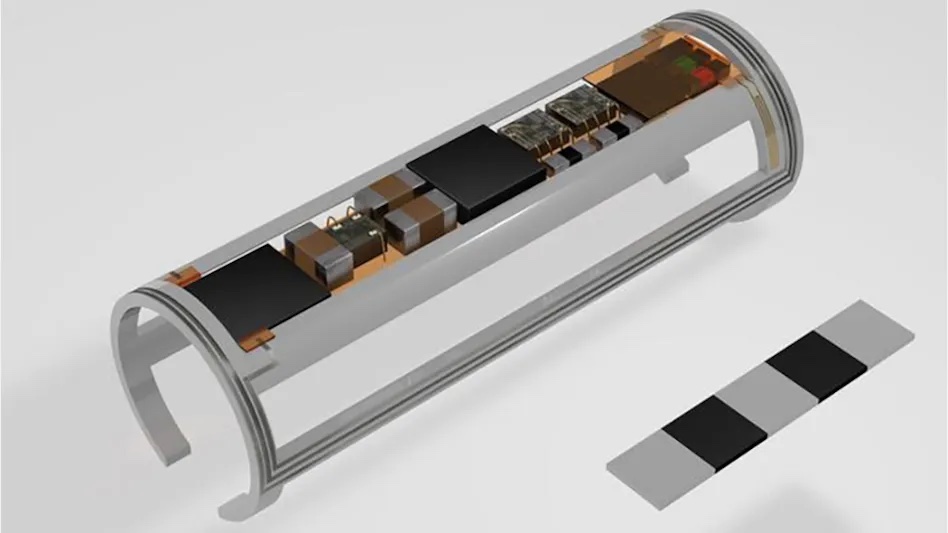South Korea’s total fertility rate, the number of children an average woman is expected to have over her lifetime, was just 0.72 in 2023. This figure is a mere third of the 2.1 minimum required for population maintenance and signals a significant demographic crisis. In the last three months of 2023, the rate further decreased to 0.65, with projections suggesting it may drop to around 0.6 for 2024.
At this pace, Statistics Korea forecasts that the population will fall to approximately 36 million in 50 years. This is a stark contrast to the population growth from 32 million in 1970 to 50 million in 2012, now rapidly reversing as if the population boom were a fleeting dream.
Continue reading… “Addressing South Korea’s Demographic Crisis: Strategies for Reversing the Decline in Birth Rates”












